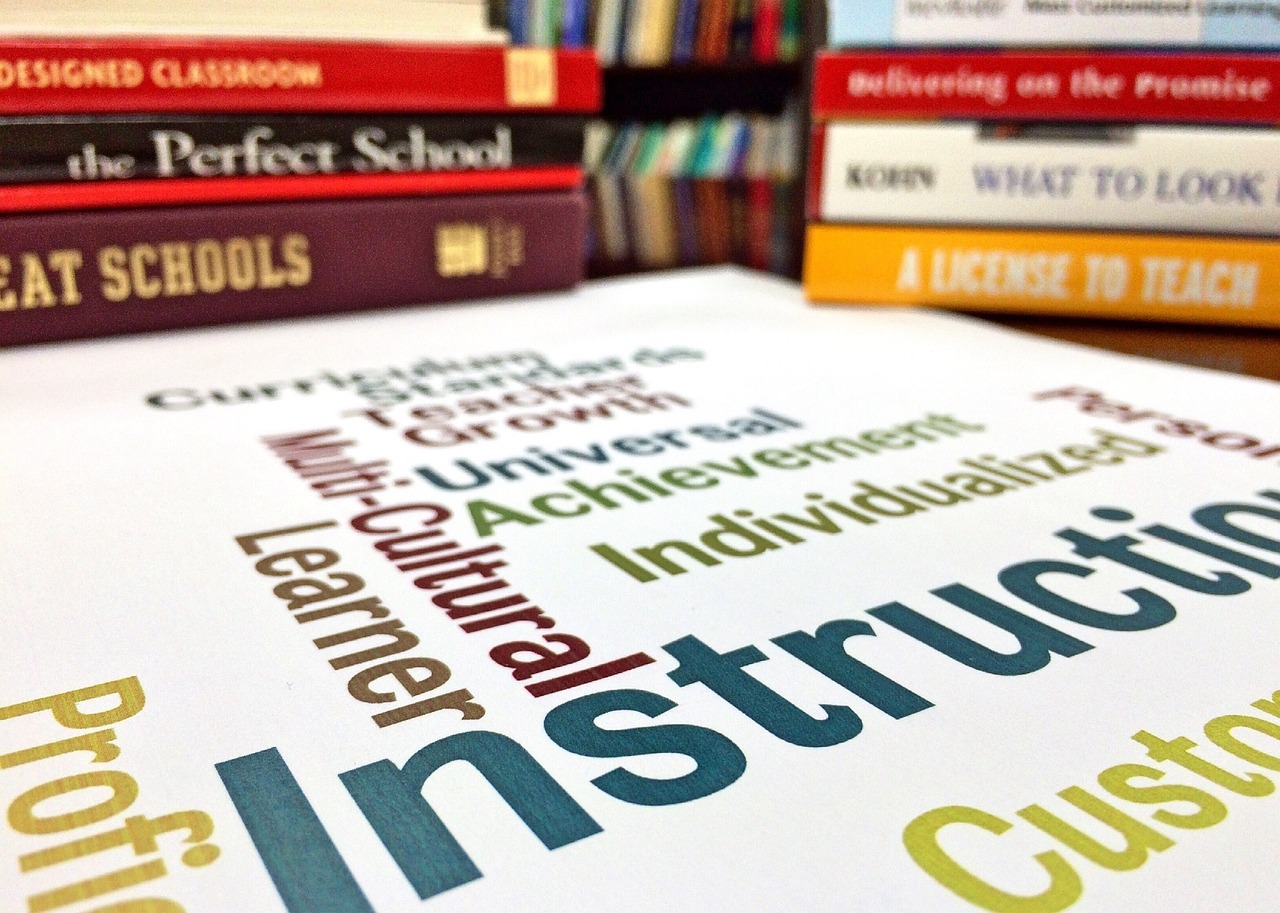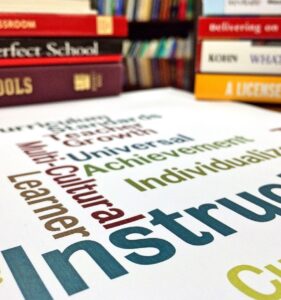Introduction
This capstone project analyzes the practical application of Universal Design for Learning (UDL) in a special education setting at P226M at 185, a school serving grades 3-5 students with a variety of disabilities. UDL targets to create a flexible learning environment that adapts the diverse needs of all students, particularly in contexts with limited resources. This report presents findings from my practical experience, including challenges and successes, and offers recommendations to enhance UDL implementation, drawing insights from two meetings with Principal Inma Jardi.
Findings from Meetings with Principal Inma Jardi
Meeting 1: Instructor Approval and Initial Challenges
During the first meeting, Principal Inma Jardi discussed how instructors have responded to the introduction of UDL. While there is a general acceptance and recognition of the benefits of UDL, diverse levels of familiarity and confidence in implementing these strategies exist among the staff. The teachers appreciate UDL’s potential to serve diverse learning needs, especially given the wide range of disabilities and learning styles present in the student population. However, the school faces major challenges, mainly due to its limited funding, which restricts access to necessary instructional technology and resources. This lack of resources makes it difficult for teachers to implement UDL’s core principles, such as providing multiple means of representation and expression.
Meeting 2: Institutional Support, Barriers, and Approaches
In the second meeting, Principal Jardi stresses both the support and barriers faced in implementing UDL. The school administration is supportive, advocating for professional development to familiarize staff with UDL practices. However, financial barriers limit the extent of support that can be provided. Efforts to secure outside resources for technological enhancements have been met with minimal success, further limiting the implementation of UDL. Additionally, there is some cultural resistance among staff members, who are cautious about adopting new methods due to recognized increases in workload and doubt about their effectiveness.
To navigate these challenges, the school has adopted a phased approach, starting with pilot programs in select classrooms. This approach is guided by instructional design models such as “ADDIE”(Analysis, Design, Development, Implementation, Evaluation) and “SAM” (Successive Approximation Model), which provide a structured framework for developing and improving educational strategies. These models help in logically addressing the unique needs of the student population while adapting to the resource limitations.
Evaluation of UDL Implementation
The effectiveness of UDL at the school is being evaluated using two primary models:
1. Kirkpatrick’s Four-Level Training Evaluation Model:This model assesses the impact of training on four levels: reactions (participants’ satisfaction), learning (acquired knowledge and skills), behavior (application of new skills in the classroom), and results (impact on student learning outcomes). This detailed evaluation framework helps to determine how well UDL training has prepared teachers to implement these strategies and how these implementations affect student engagement and achievement.
2. TPACK Model (Technological Pedagogical Content Knowledge): The TPACK framework assesses the integration of technology in teaching, focusing on the intersection of technological, pedagogical, and content knowledge. This model is key for evaluating UDL implementation, as it examines how effectively teachers are using technology to support diverse learning methods and instructional delivery. It guarantees that technological tools are being used to enhance both teaching practices and instructional accessibility, which is essential in a UDL framework.
Analysis and Recommendations
The practical experiences revealed a mixed response to UDL implementation, shaped by both successes and challenges. While the phased approach and the use of structured instructional design models have provided a solid foundation for UDL, resource limitations and institutional resistance remain significant barriers. The evaluations using Kirkpatrick’s model and the TPACK framework have highlighted areas where additional support and resources are needed.
As an instructional designer, I propose the following recommendations:
1. Enhanced Professional Development: There should be ongoing, differentiated training that adapts changing levels of experience with UDL between staff. This could include workshops, online courses, and collaborative learning opportunities that focus on useful applications of UDL principles.
2. Increase in Technological Resources: The school should research partnerships with technology companies and seek grants or donations from donors choose to enhance access to necessary instructional technologies. This would enable teachers to provide diverse and accessible learning materials, which are critical for UDL.
3. Community and Parental Engagement: Engaging parents and the community can provide additional support for UDL implementation. This could involve informational sessions, volunteer programs, fundraisers for technology devices and community partnerships that support the school’s educational goals.
4. Building a Supportive School Culture: Efforts should be made to address instructional resistance by promoting a school culture that values improvement and flexibility in teaching methods. This can be achieved through open communication, shared decision-making, and presenting the successes of UDL implementations.
5. Regular Monitoring and Feedback: Creating a system for constant monitoring and feedback can help in refining UDL strategies. This involves collecting data on student outcomes, teacher experiences, and technological use to inform ongoing improvements.
These recommendations aim to address the challenges faced by P226M at 185 and improve the implementation of UDL, eventually leading to better educational outcomes for all students, especially those with diverse learning needs.



